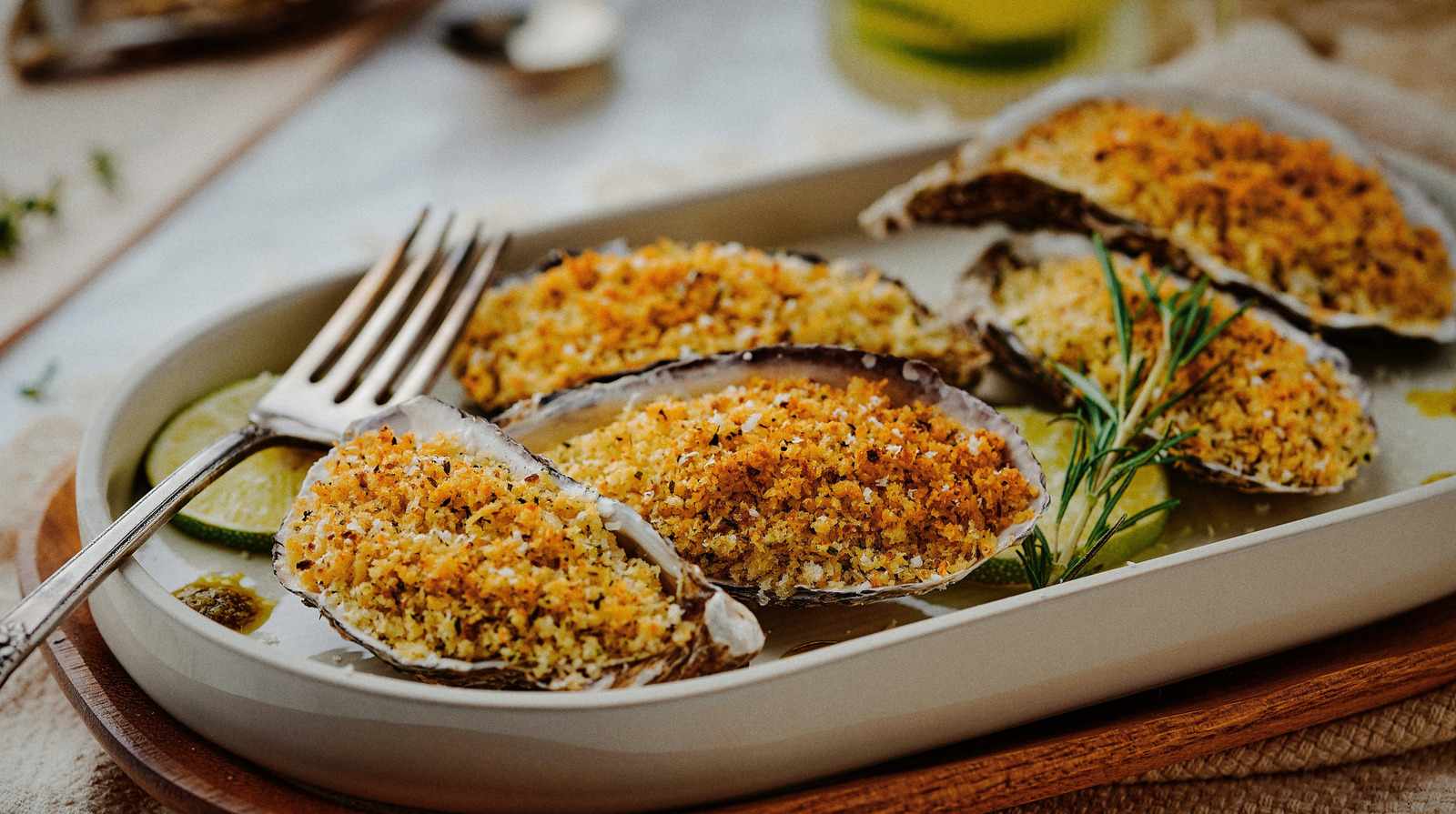
""We use all beef tallow, which is somewhat controversial to some people - the pescatarians don't like it, but it does make it way crispier. And it's a better flavor, I think," he told Tasting Table during an event at the New York City Wine & Food Festival. Beef tallow, a rendered animal fat traditionally used for frying before ultra-processed seed oils became standardized, has been making a return to home and restaurant kitchens."
"Compared to seed oils, which are largely polyunsaturated and more prone to oxidation, beef tallow stays stable and consistent under heat. That's largely due to its unique composition of mainly saturated fat, which is more resistant to oxidation to unsaturated fats. This means that the oysters can fry hot and fast, forming a thinner, crispier crust without any off-flavors or potentially harmful compounds coming off from the oil, while the slightly higher temperature locks in the oyster's briny sweet flavor."
Chef David Standridge fries oysters in beef tallow, noting that it creates a crispier crust and better flavor. Beef tallow, a rendered animal fat once common before seed oils dominated, has returned to restaurant and home kitchens and appears in some fast-food fry offerings. Using beef tallow with seafood raises ethical, religious, and allergy concerns for diners who avoid red meat or have alpha-gal syndrome, so restaurants post prominent signage and encourage customers to ask questions. Beef tallow is high in saturated fat and more heat-stable than polyunsaturated seed oils, allowing higher-temperature, faster frying that locks in briny oyster flavor without off-flavors.
Read at Tasting Table
Unable to calculate read time
Collection
[
|
...
]